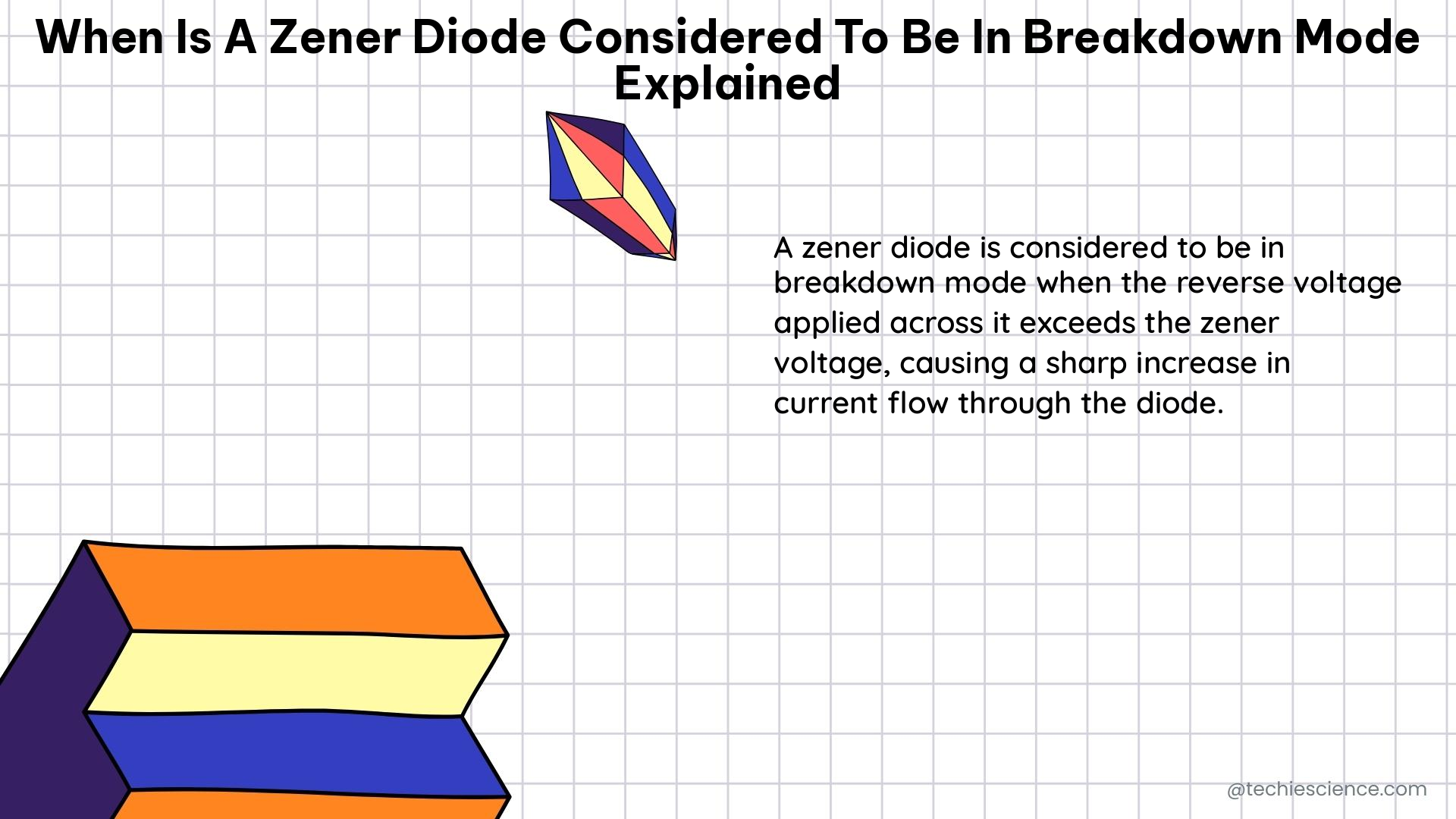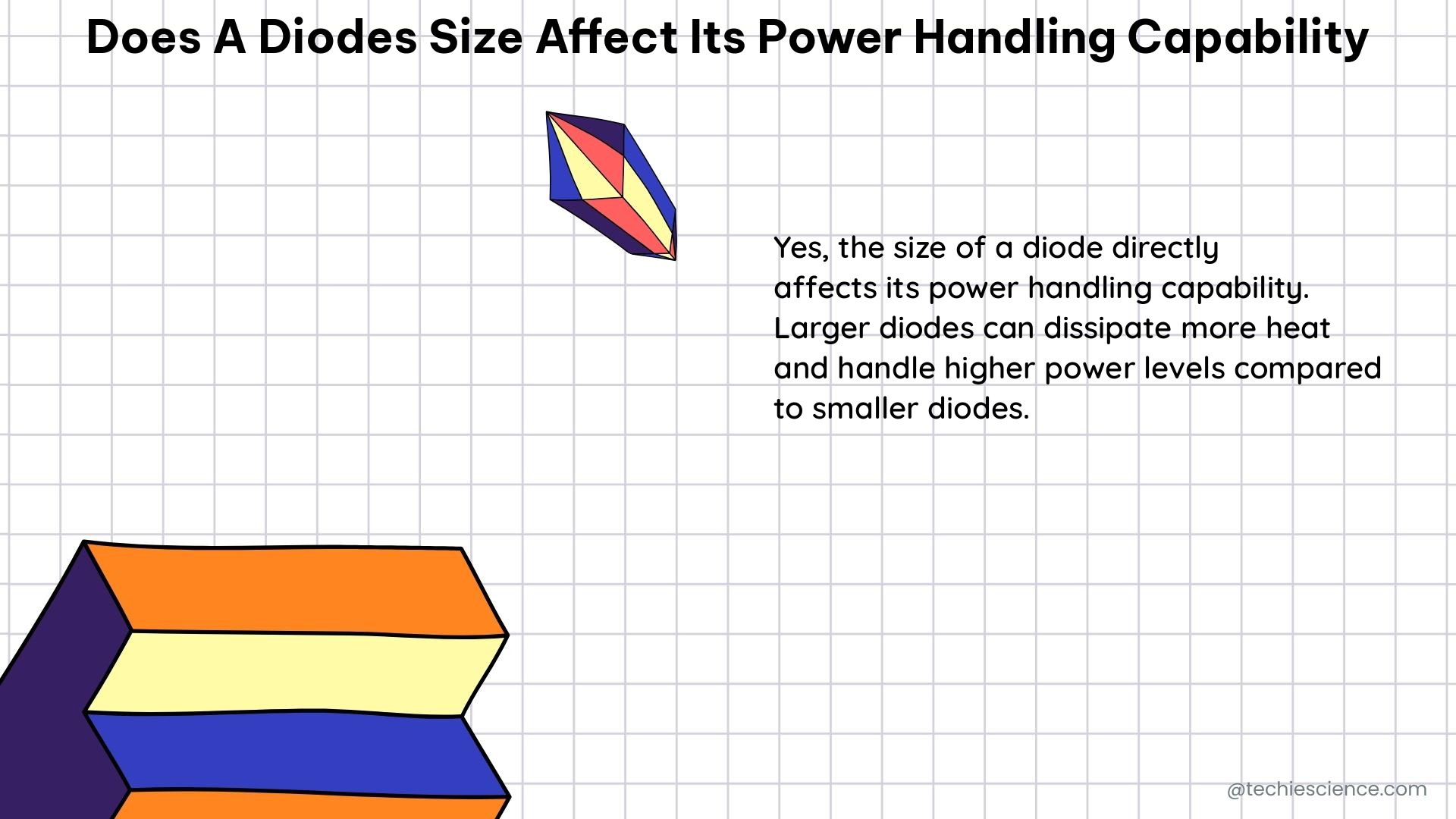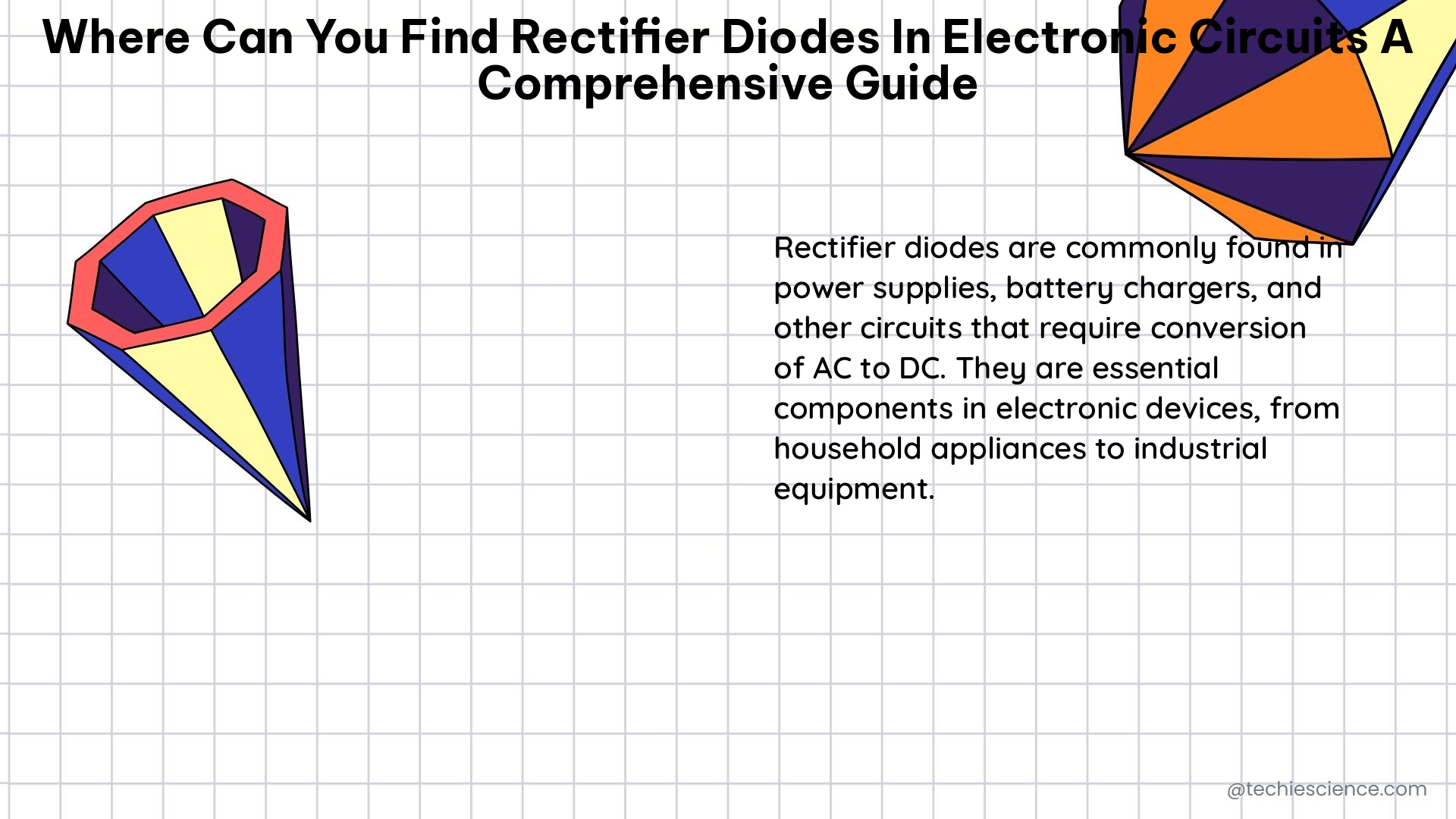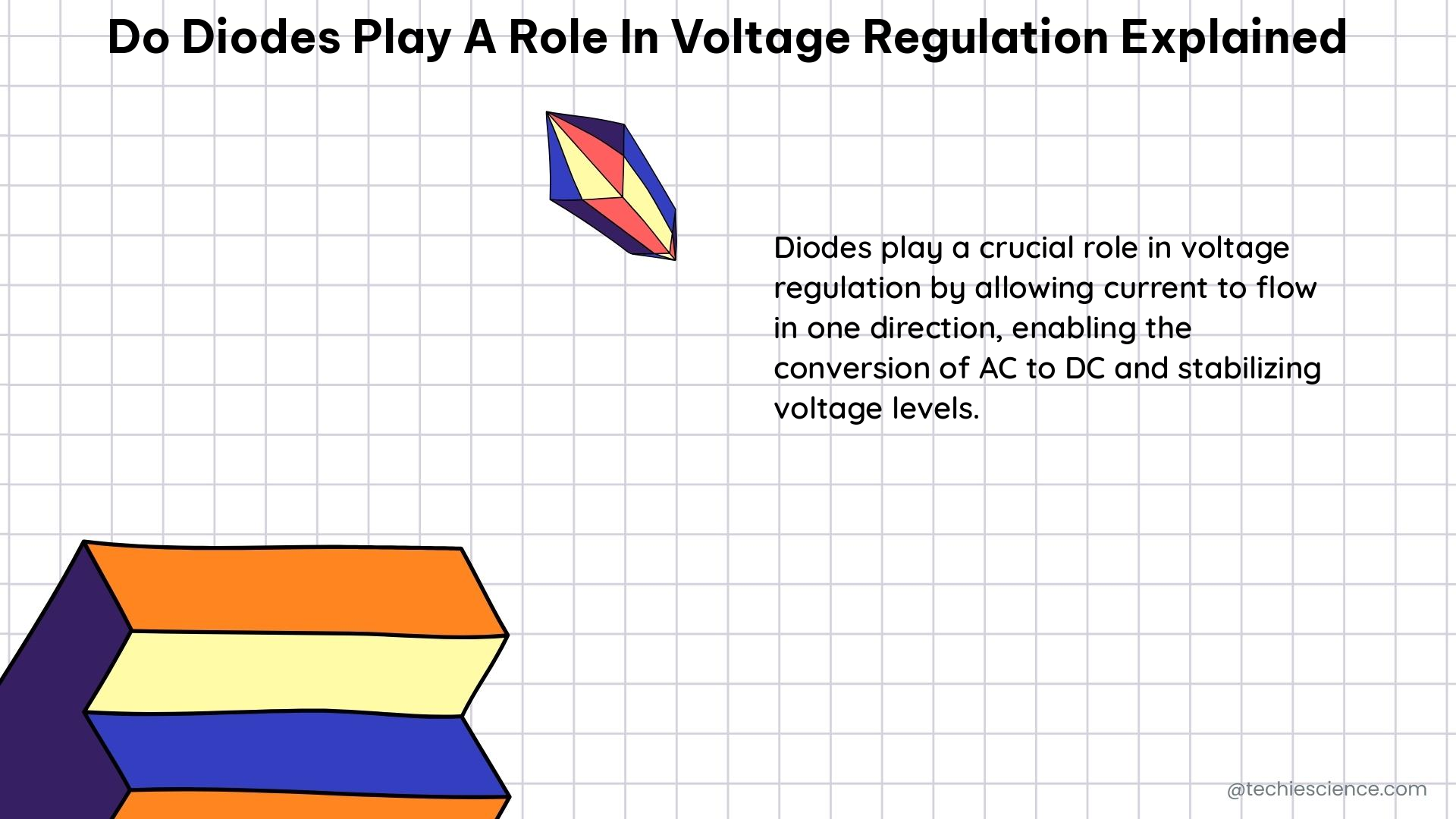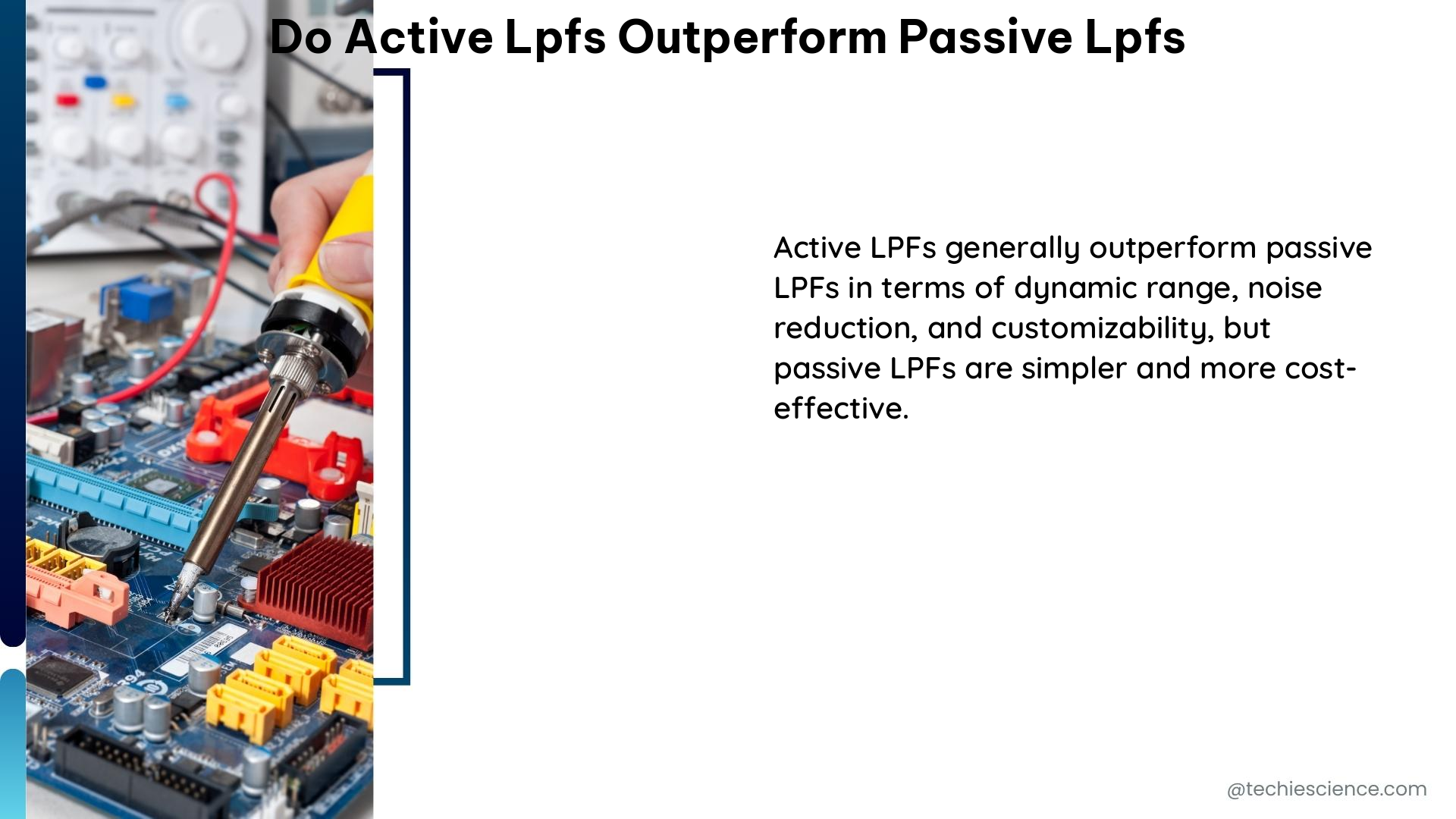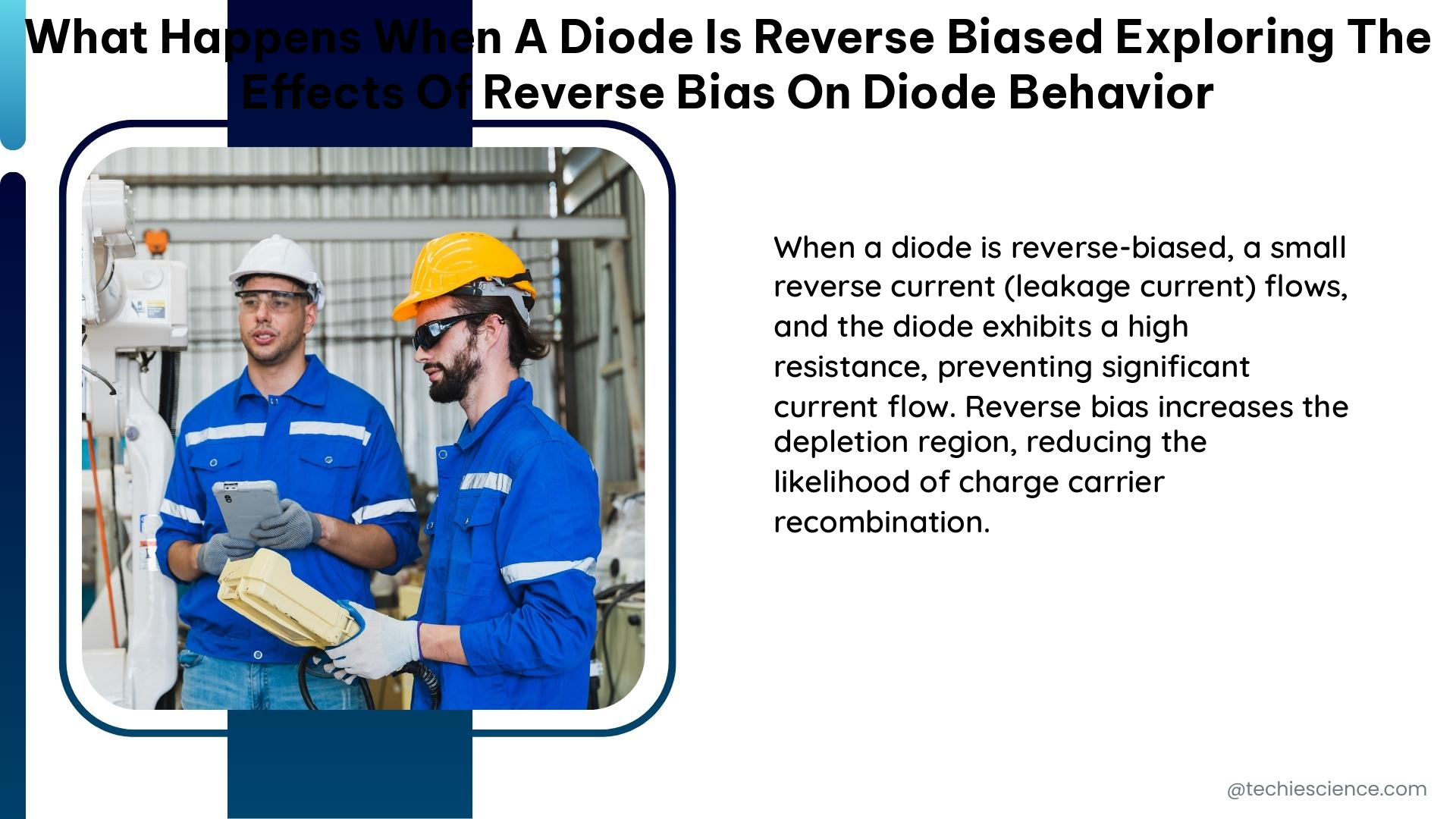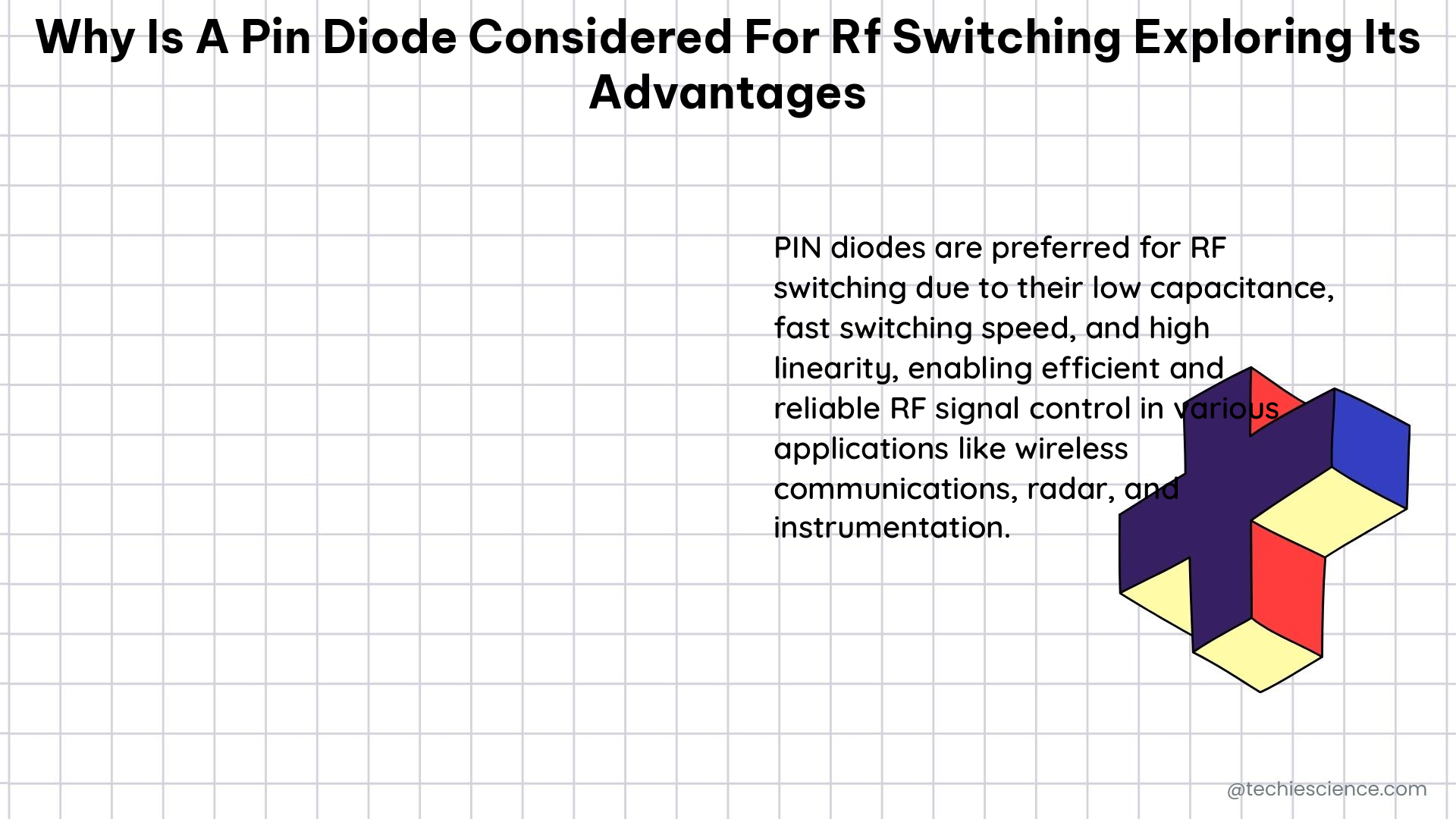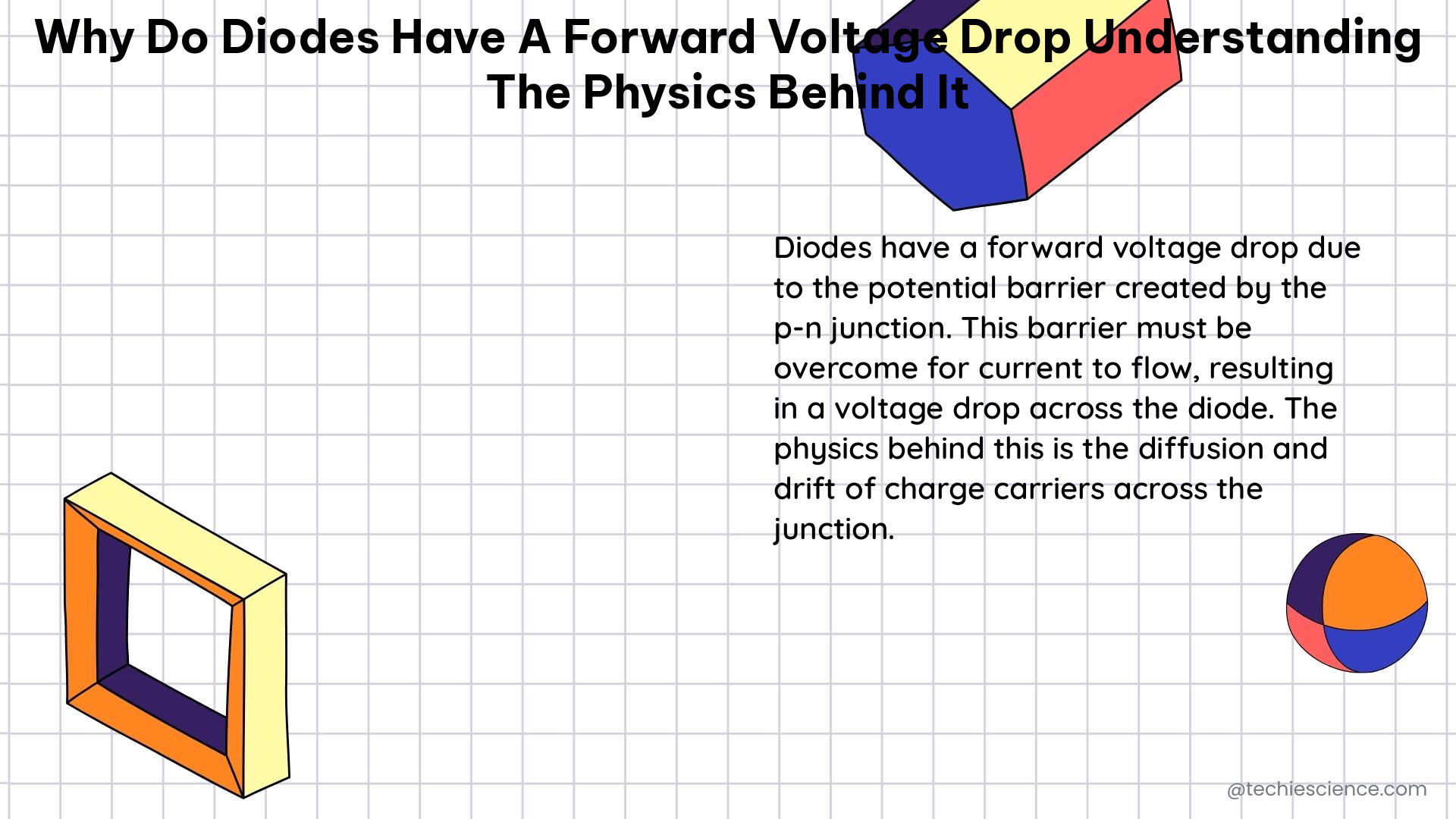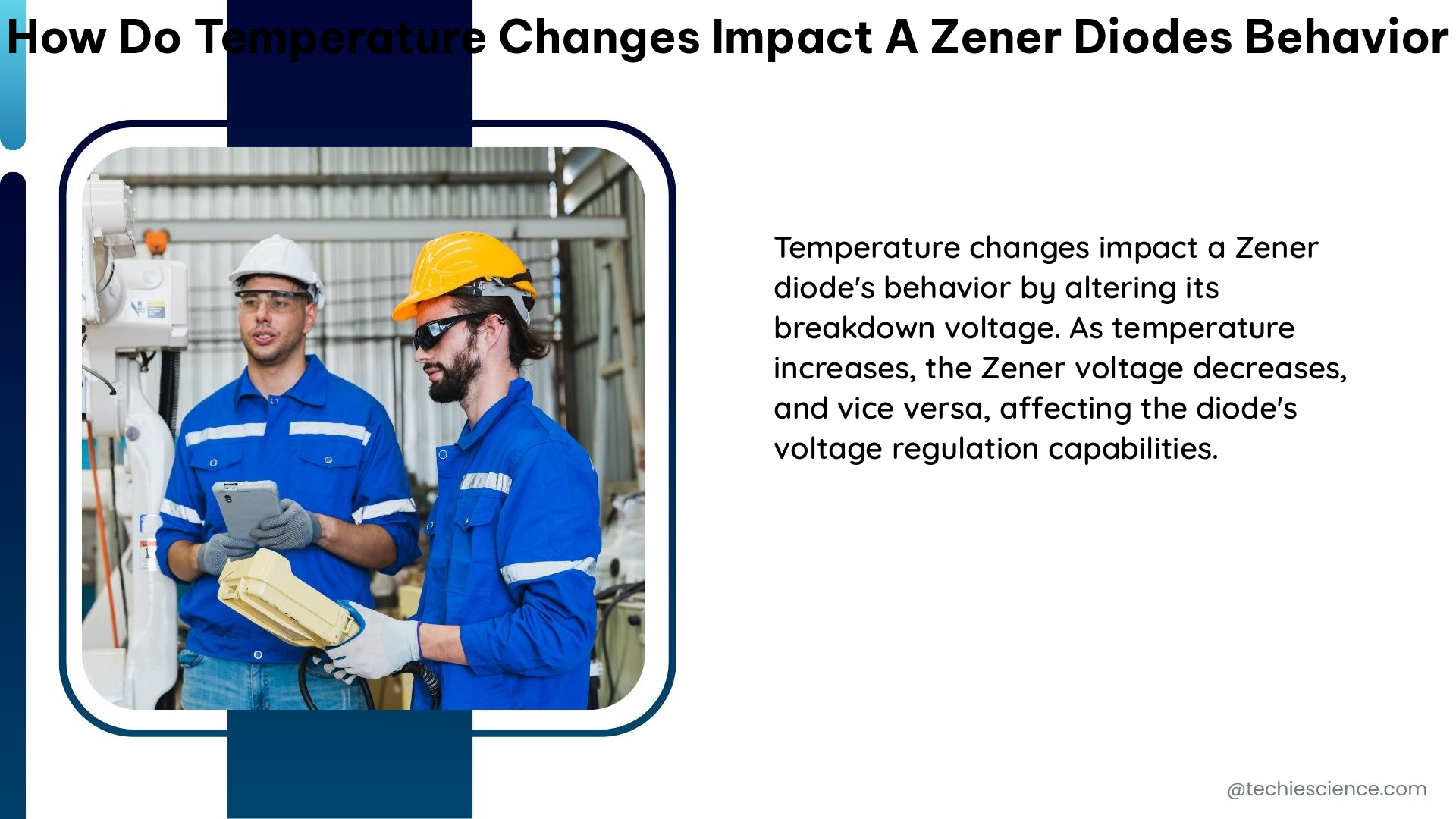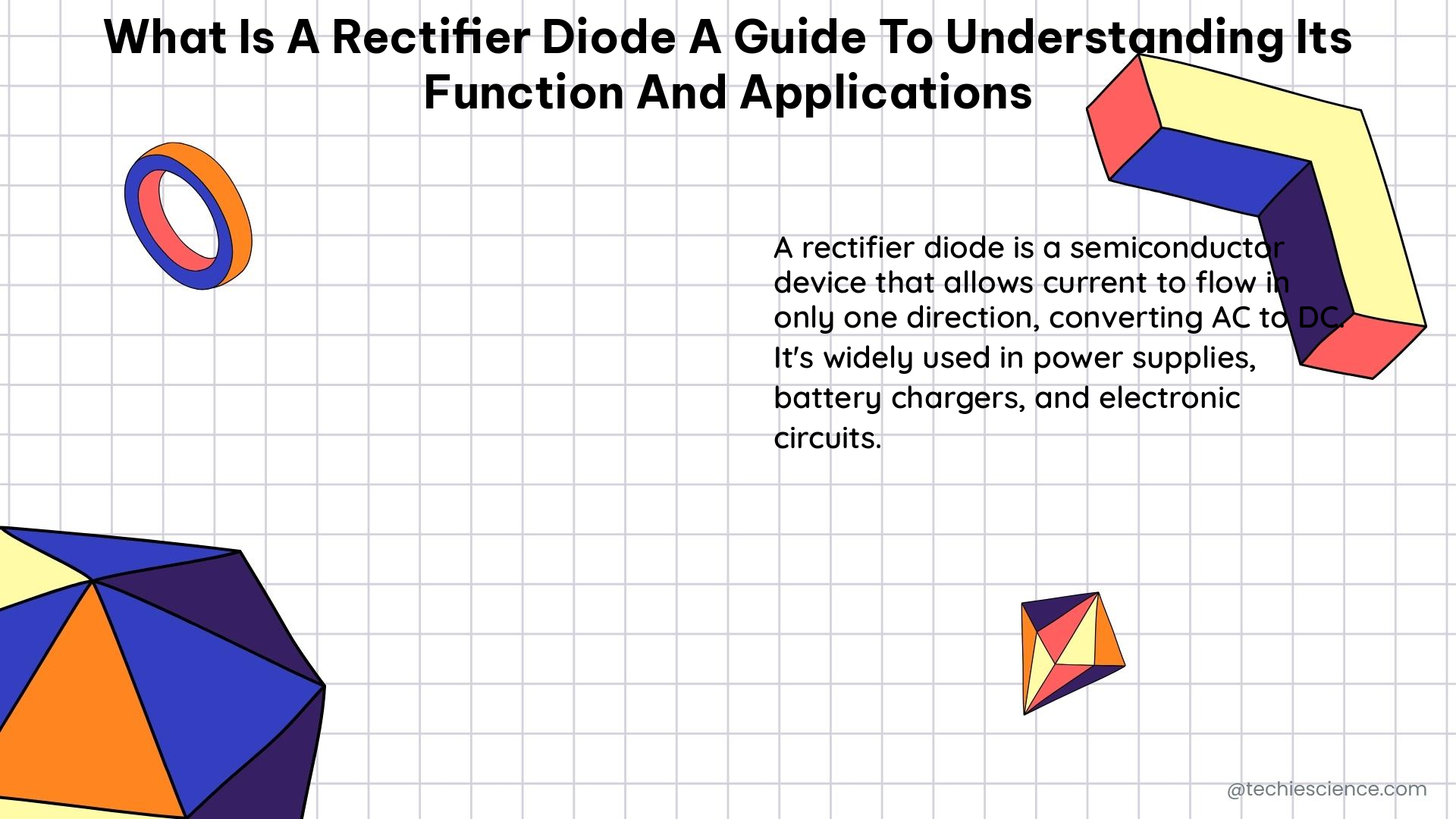When is a Zener Diode Considered to be in Breakdown Mode Explained
A Zener diode is a semiconductor device that is designed to operate in the reverse-bias breakdown region, allowing it to maintain a relatively constant voltage drop across its terminals, even with changes in the current flowing through it. The breakdown mode of a Zener diode is a crucial aspect of its operation and understanding it … Read more
